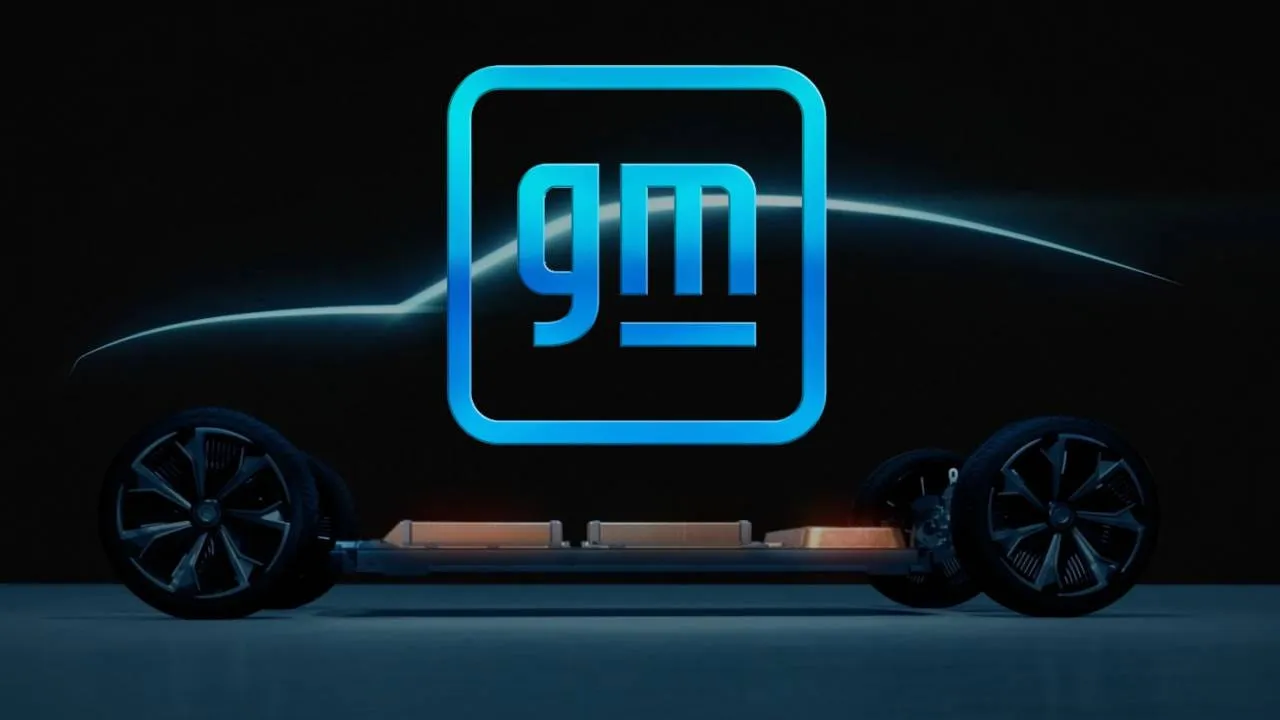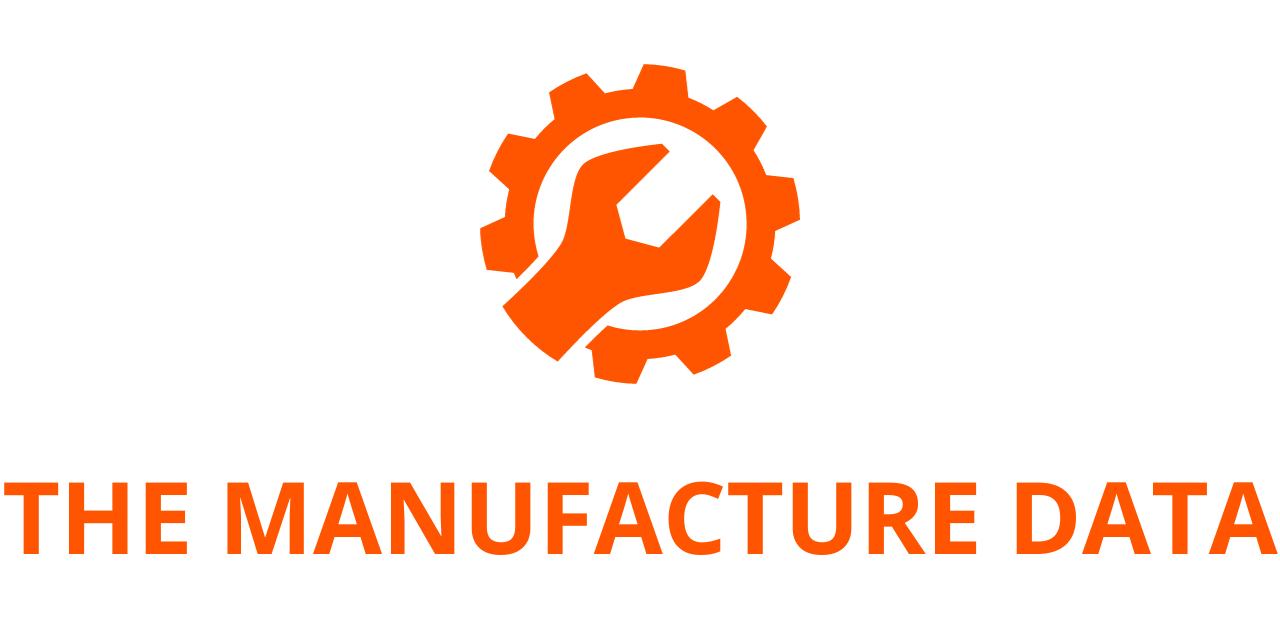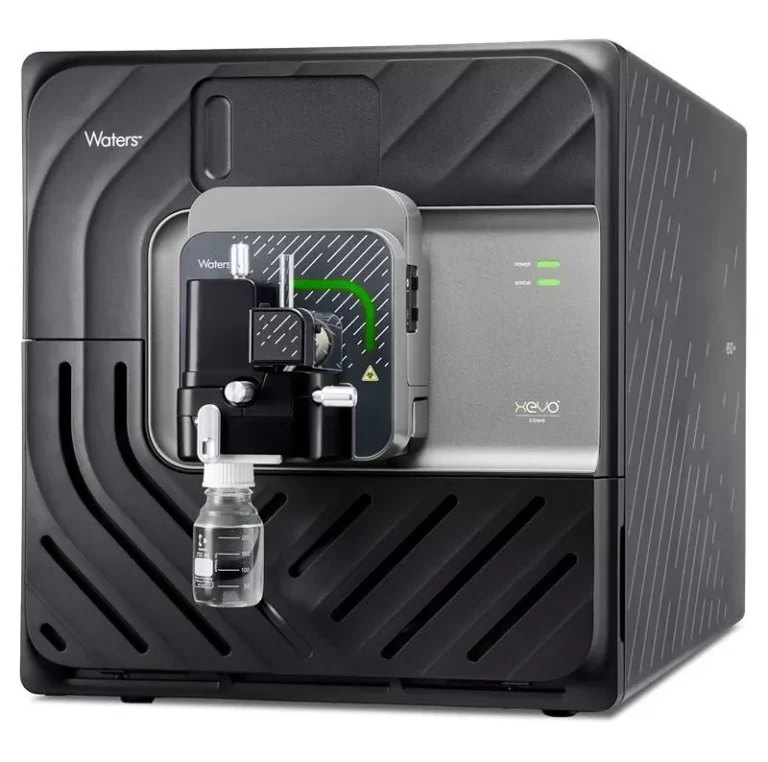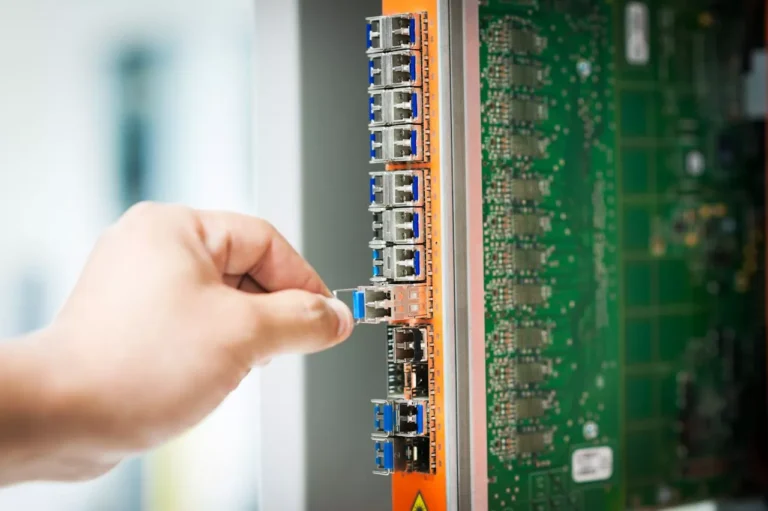
GM’s Step-by-Step Journey to Full Autonomy
The long-anticipated era of self-driving personal vehicles is steadily moving from futuristic vision to tangible reality. With rapid advancements in sensors, artificial intelligence (AI), and vehicle hardware, the possibility of a fully autonomous driving future is no longer science fiction. This transformation holds the potential to revolutionize mobility—offering commuters valuable time, peace of mind, and a dramatic improvement in road safety.
At the forefront of this evolution stands General Motors (GM), one of the world’s most established automotive innovators. GM has been investing in autonomous technology for years, developing systems that combine precision engineering, complex data analysis, and real-world learning. The company’s vision is clear: to deliver safe, scalable, and fully autonomous vehicles that can redefine the driving experience. Today, GM’s autonomous driving programs are gaining strong momentum as the company expands its test fleet and accumulates millions of miles of real and simulated driving data every day.
Developing self-driving vehicles is not a sprint but a marathon that requires patience, extensive testing, and disciplined engineering. GM’s strategy focuses on incremental innovation—building consumer trust, validating technologies in controlled stages, and ensuring every new capability meets rigorous safety standards before large-scale deployment.
Super Cruise: Paving the Road Toward Autonomy
The company’s journey toward autonomy began with Super Cruise, GM’s pioneering hands-free driving system. Super Cruise has become a cornerstone in building public confidence in semi-autonomous technologies. Today, it is available on 23 GM models across multiple brands and powertrains—from the Chevrolet Equinox and Cadillac Escalade to the GMC Sierra EV.
Super Cruise operates on more than 600,000 miles of mapped roads across North America, with expansion plans already in motion for South Korea, the Middle East, and Europe. To date, vehicles equipped with Super Cruise have collectively logged 545 million hands-free miles without any crashes attributed to the system—an impressive testament to its reliability and safety.
The technology relies on a sophisticated multi-sensor fusion system that combines cameras, radar, lidar, GPS, and high-definition mapping. This integrated network enables vehicles to maintain lane position, control speed, and adapt to road conditions without manual driver input, while continuously monitoring driver attentiveness. The system alerts drivers if attention is needed, ensuring a balance of automation and human oversight.
Over time, GM has steadily enhanced Super Cruise with new capabilities, including hands-free trailering, Google Maps integration, and automated lane guidance for complex road scenarios like interchanges or exit ramps. Each feature reinforces GM’s principle of rolling out autonomy step-by-step—deploying proven technologies safely and successfully at scale.
Integrating Cruise: Accelerating GM’s Self-Driving Ambitions
GM’s acquisition of Cruise, a leader in autonomous vehicle technology, has further supercharged the company’s progress toward full autonomy. Cruise brings more than a decade of experience in Level 4 autonomous driving, as well as extensive infrastructure and proprietary technology.
Cruise’s systems have already achieved millions of driverless miles using a combination of simulation engines, AI-powered perception models, and sensor-based navigation systems. These tools are capable of analyzing millions of real-world and synthetic scenarios daily, identifying challenges and potential hazards long before they arise on actual roads.
By integrating Cruise’s intellectual property, software platforms, and human expertise, GM has gained a powerful ecosystem for developing and validating its future autonomous vehicles. The collaboration unites GM’s manufacturing and engineering excellence with Cruise’s cutting-edge AI, enabling the company to design autonomous systems that are not only technologically advanced but also scalable and production-ready.
Testing, Data, and Simulation: The Backbone of Trustworthy Autonomy
For GM, achieving full autonomy is not just about creating smarter software—it’s about ensuring trust, safety, and predictability. To this end, GM employs a dual approach: real-world testing combined with high-fidelity simulation.
Across the United States, GM operates a fleet of vehicles equipped with cameras, radar, and lidar sensors. These test vehicles collect vast amounts of data every mile—recording how shadows, reflections, weather, and environmental conditions affect sensor readings. The data helps GM’s AI models learn to handle varied scenarios, from city traffic to construction zones and complex weather patterns.
However, even with millions of real-world miles, certain rare or hazardous situations—such as near-collisions or unpredictable pedestrian behavior—are difficult and unsafe to recreate physically. This is where simulation technology becomes crucial.
GM’s simulation framework, refined through Cruise’s expertise, enables closed-loop testing of its entire autonomy stack. The system simulates sensor physics, human behavior, and real-world conditions, allowing engineers to evaluate how AI responds to diverse driving environments without risk. Every day, GM runs millions of simulations, representing more than 10,000 times the average daily driving exposure of a typical U.S. driver.
Through these virtual experiments, GM stress-tests its vehicles against an extensive library of scenarios, derived from real-world data, crash databases, and academic research. Engineers can replay actual incidents, modify variables to create new scenarios, or generate entirely synthetic events to evaluate system resilience. When simulations uncover potential weaknesses, GM’s testing teams conduct regression analyses, re-running those events in countless variations until the software performs flawlessly.
This iterative process accelerates development cycles while maintaining safety as the top priority. To ensure that simulated outcomes remain accurate and relevant, GM continuously calibrates its systems against real-world test data. This validation ensures that behaviors observed in simulation correspond closely to those that would occur on public roads—a crucial step in building a reliable and trustworthy autonomous platform.




